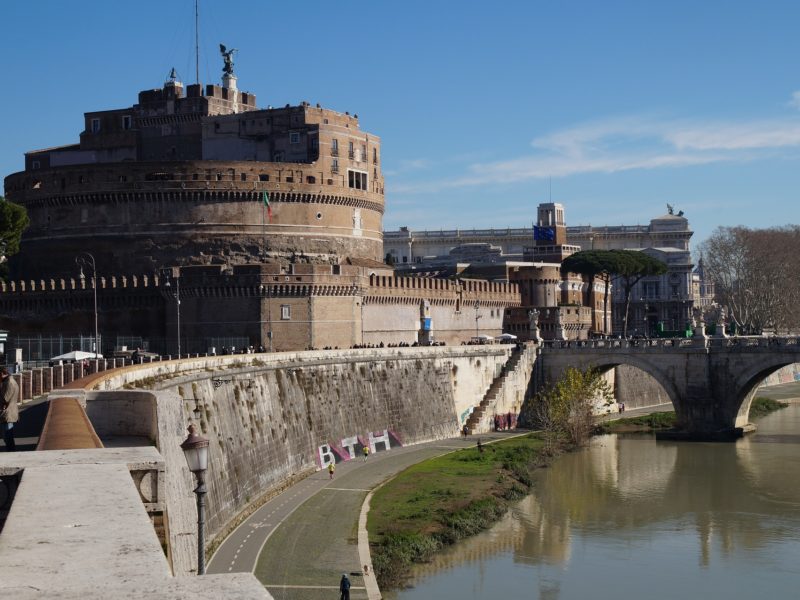Italy is located in the active volcanic zone of the Mediterranean and has more than 30 volcanoes, some on land and some under the sea. The three most famous volcanoes in Italy are Mount Etna, Mount Vesuvius, and Stromboli. Of these three, Vesuvius is perhaps the most famous volcano in the world. In addition to its infamous name, Vesuvius is also a giant active volcano known as the "pearl" of the city of Naples».
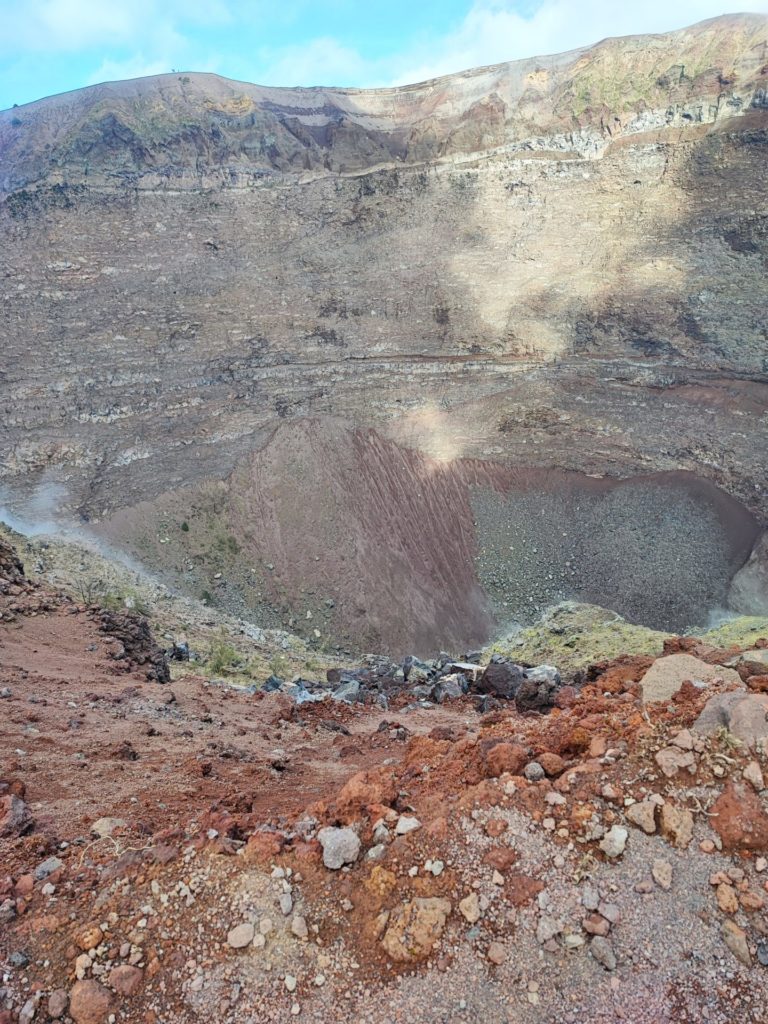
Vesuvius is located just a few kilometers from Naples in the southern part of Italy. This active volcano, standing at a height of 1281 meters, towers over the Bay of Naples, representing an impressive natural beauty and rich history. Over the centuries, Vesuvius has been known for its destructive eruptions, leaving behind many traces on the culture and architecture of the region.
The first description of the eruption of Vesuvius dates back to 79 AD, when the volcano spewed huge amounts of ash, hot gases, and lava, destroying the cities of Pompeii,Herculaneum, and Stabiae. The volcano woke up again in 1631, destroying many houses in the towns and villages in the surrounding area. Today, Vesuvius is one of the most studied volcanoes in the world and continues to remain active despite the fact that the last significant eruption was in 1944.
One of the favorite activities for tourists visiting Naples is hiking up to the crater of Mount Vesuvius. Visiting Vesuvius is not just a simple mountain hike, it is a unique opportunity to observe the activity of a giant volcano and appreciate the power of nature. Despite being an active volcano, it is considered one of the safest for visitors. Tourists can hike to the top of the mountain or drive part of the way. The route follows a scenic trail with views of the bay. Naples.
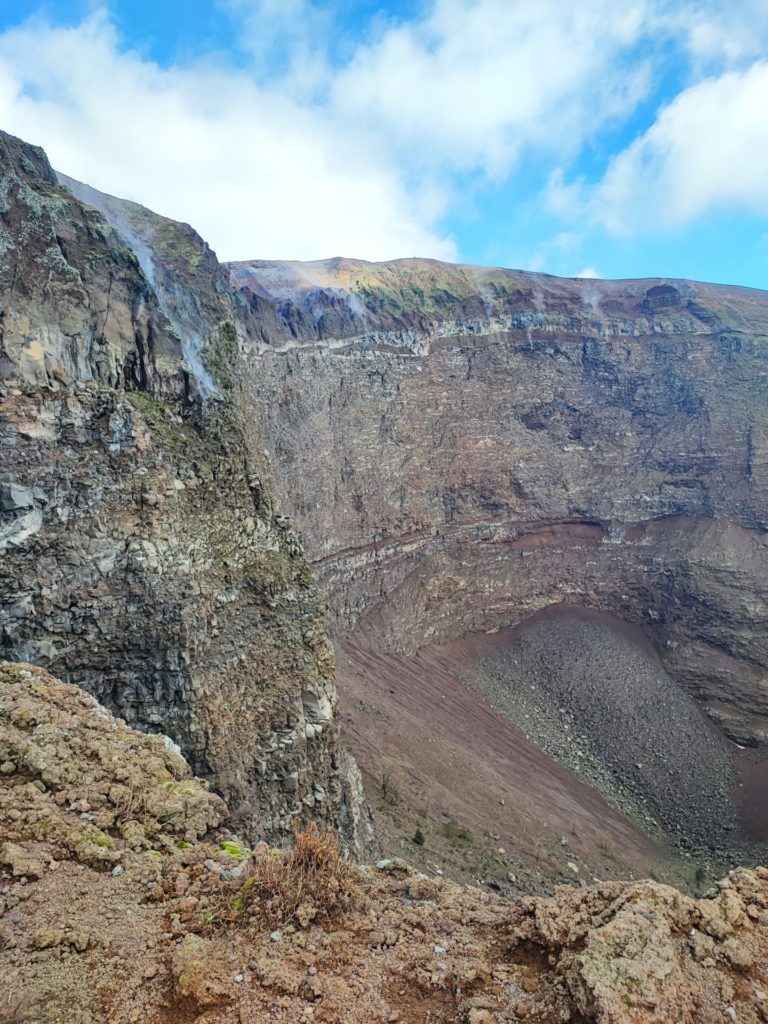
One of the most popular places on Vesuvius is the crater of the mountain. From the top, tourists can admire the stunning view of the cities of NaplesSorrento Pompeii, and the surrounding mountains.
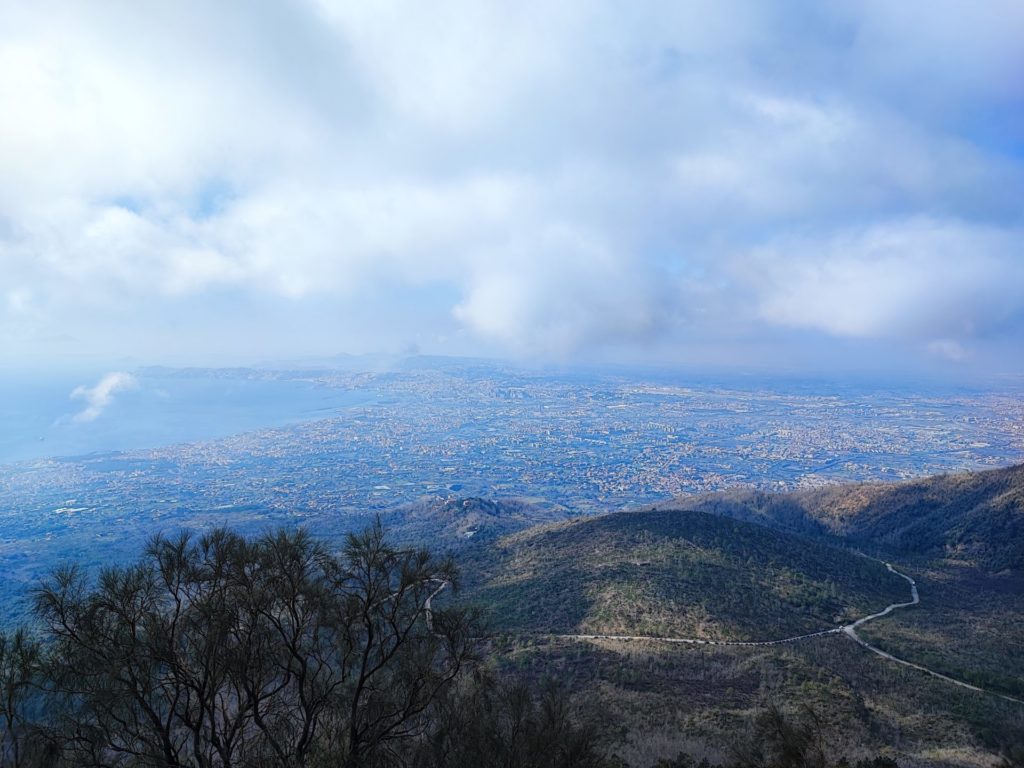
For hiking enthusiasts, Vesuvius has a special route called "Path of the Cross," or "Sentiero della Croce." It is a popular hiking trail that starts at an altitude of about 1,000 meters above sea level and leads to the summit of the volcano. It is named after a series of crosses that have been installed along the way, symbolizing the sufferings of Jesus Christ.
The Path of the Cross is a long trail of about 4 kilometers that starts at an altitude of about 1,000 meters above sea level and leads to the summit of the volcano. It passes through huge stone blocks, gravel slopes, and lava fields. Although the trail can be challenging and tiring, the impressions it provides are unique. Along the Path of the Cross, tourists can see traces of past volcanic eruptions, including craters, lava flows, and the remains of destroyed buildings. There are also several rest stops and cafes along the route where one can recharge before continuing the climb and admire the panoramic view.
Before embarking on a hike up Mount Vesuvius, there are a few important things to keep in mind:
It is important to book a ticket for the ascent in advance: entry to Vesuvius is paid, and the ticket must be purchased strictly for a specific time. Tickets can only be purchased online or from certified guides. Do not count on buying a ticket on the spot - there are no ticket offices at the foot of the mountain, and internet access is often unavailable.
Check the weather forecast: the weather on Vesuvius can be unpredictable, so before embarking on the route, it is necessary to make sure that the weather forecast for the day of the ascent is good. It is not recommended to climb the volcano in rainy or snowy weather, as the route can become very slippery and dangerous.
Wear the right equipment: climbing Mount Vesuvius requires good physical preparation and proper equipment. It is recommended to wear comfortable hiking shoes, a rain jacket, sunscreen, and a hat. It is also necessary to bring enough water and snacks.
Follow the safety rules: Vesuvius is an active volcano, and some parts of the route can be dangerous. Do not stray from the path, do not cross fences, and do not approach the edge of cliffs. If you are not sure of your ability to continue the climb, it is better to seek help from a guide.
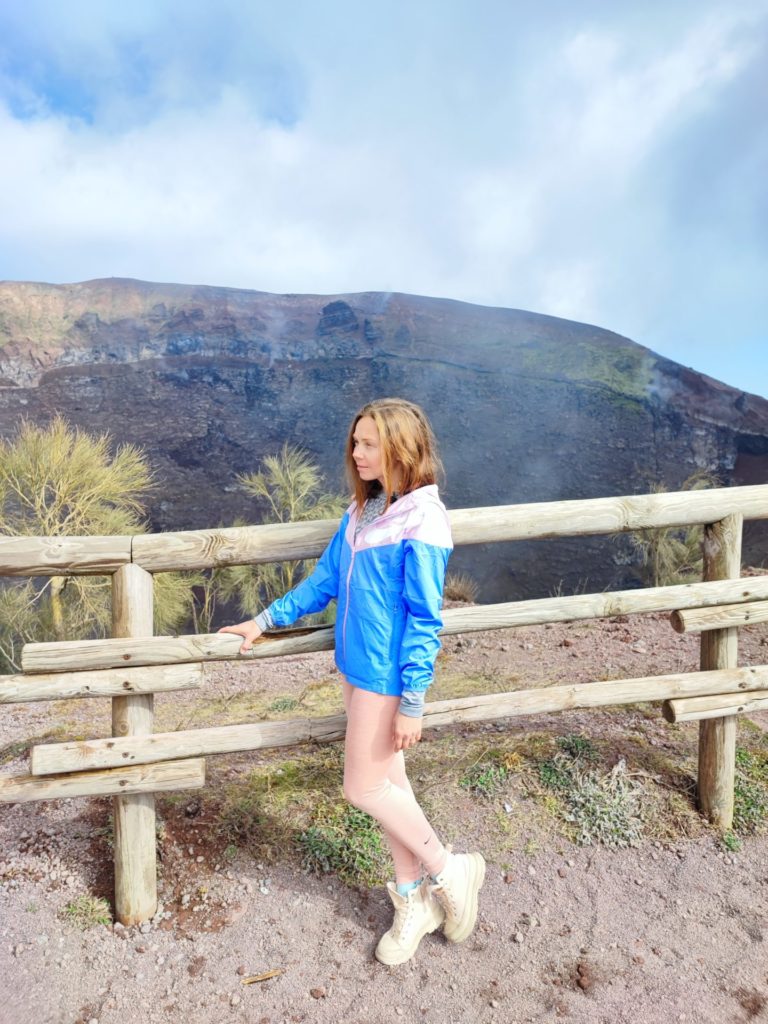
Respect nature: Vesuvius is a unique natural landmark that should be preserved for future generations. Do not litter on the trail, do not leave traces of campfires, and do not damage vegetation. Follow park rules and help preserve it for future generations.
No matter which route you choose to explore Vesuvius, it will be one of the most unforgettable and unique experiences of your life.



